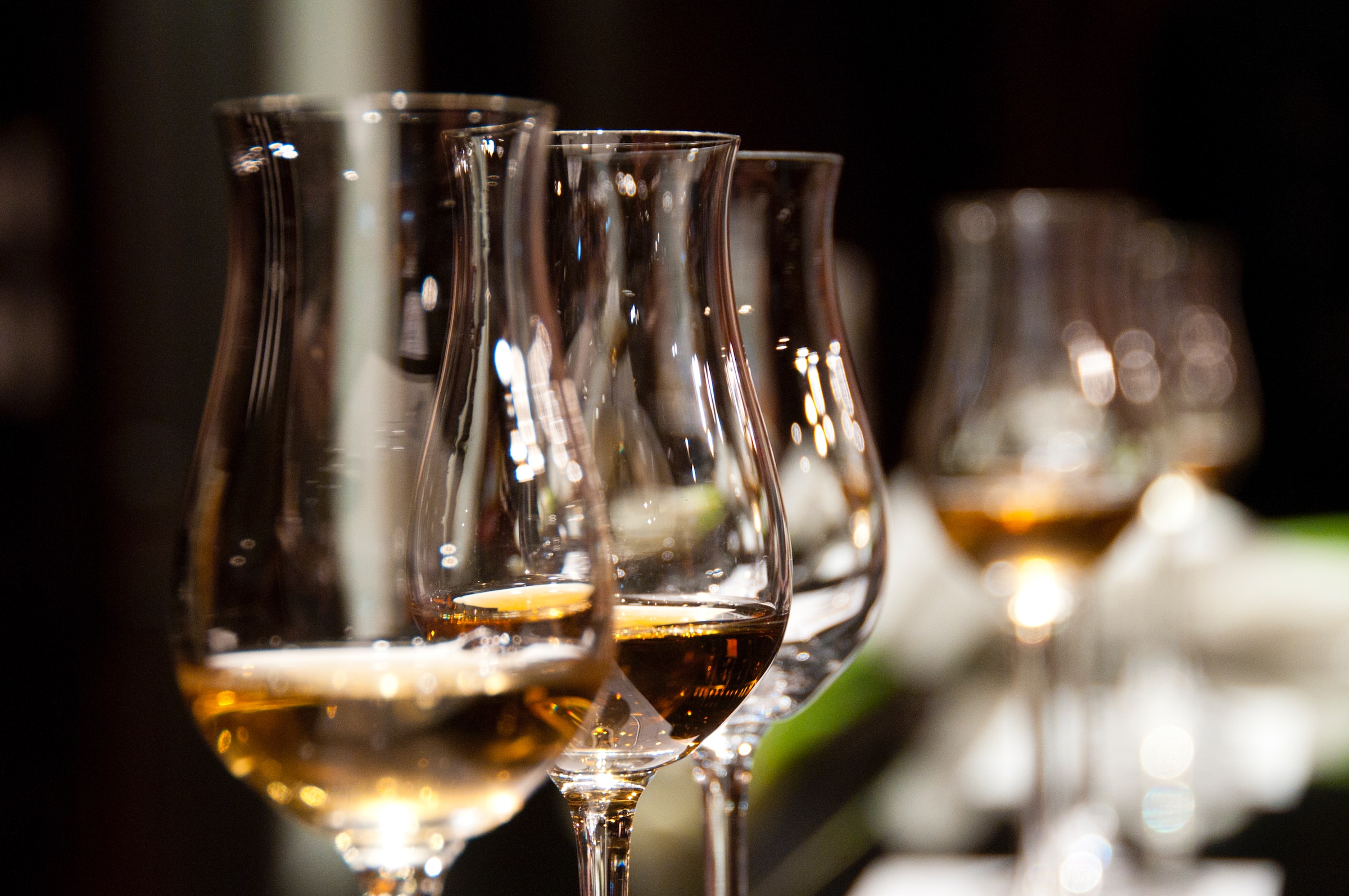
One of the trendiest wine stories of the last decade is actually one of the oldest. Orange wine, born in the republic of Georgia some 8,000 years ago, is a wine that falls beautifully in between a white and a red. Made by way of extended skin contact, orange wines offer lots of flavor, structure, and texture.
Also known as amber wine or skin-fermented white wine, orange wine does often live up to its billing. The yellow-orange hue comes from all that extra skin contact, a process that also give the wine more complexity and tannin. And that color can change depending on just how much skin-contact there is in the process (compared to a true white wine where there is no skin contact).
The wine was originally made in earthen vessels and still is in many places as both a stylistic choice and a means of honoring the tradition. In Georgia, these amphora wine vessels are called qvevri and remain quite popular, allowing for added oxidation. The end result is wines that can offer some unique nutty flavors that remind a bit of sherry (while they can be a bit savory, they’re not quite along the bold lines of ancient Roman wine).
The process for making orange wine is a bit slower, on par with making a red like Merlot or Syrah. While there’s usually no aging in the barrel, the vessels — often clay, sometimes cement, neutral wood, or something else — allow for a cooler and slower fermentation that can lead to some nuanced tasting notes. The skins and seeds stay in the mix for a while, offering the wine stability through tannins and the ability to age longer than, say, a traditional white wine or Rosé.
Where is orange wine made?

Europe is the birthplace of orange wine. Georgia has been making the style for millennia, and since, other countries like Slovenia and Italy have followed suit. While Georgia remains the nation known most famously for the style, interest and increased popularity has inspired producers all over the globe to try their hand at orange wine.
That said, just about any grape-growing region on the map has the opportunity to make one. We’ve seen a number of interesting offerings come out of the states over the last several years as well as fascinating takes from places like France, Austria, Australia, Canada, Greece, and Israel.
What food pairs well with orange wine?

This is where orange wine really shows its versatility. Several things are going for the wine in terms of food-friendliness, including acidity, flavor, and sturdy tannic backbone. The options are practically endless, as orange wine complement and enhance everything from oysters and charcuterie boards to spicy Asian fare and funky cheeses.
They can stand up to gamey meats like lamb and, thanks to their personality and structure, are beefy enough to play around with more involved smoky and spice-driven cuisine like tapas and tajine dishes. Again, because they flex so many great qualities of both white and red wines, orange wines are heroes of the pairing world. We also love them alongside pate, brie, and even Indian food.
Be daring and see how far orange wine will go as you’ll likely be amazed by the results. And in terms of serving, refrain from chilling unless you just want a light chill during a warm day. Orange wine behaves more like a red given the way it’s made and tends to show best at cellar or room temperature.
What grapes are used in orange wine?

Pretty much any white variety can be turned into an orange wine, provided there’s skin contact during maceration. But some grape varieties are more used than others. Examples include Chardonnay, Gewurztraminer, Pinot Gris, Sauvignon Blanc, Rkatsiteli, Roussanne, and more.
Look for new riffs from experimental winemakers here in the U.S. in the near future, as well as European producers working with newly revived native varieties. The style has changed a bit with cleaner fermentations and technology coming into the picture, but the amazing flavors offered by orange wines remain. These days, there are entire wine clubs devoted to the style, one that continues to do well in the market (imports from Georgia continue to rise here in America as well).
Orange wines are age-old and intriguing. The style has blown up as of late thanks to sommelier culture and a general interest in indigenous grape varieties. They’re very much worth exploring and have deservedly made many wine writers’ best wine lists.



